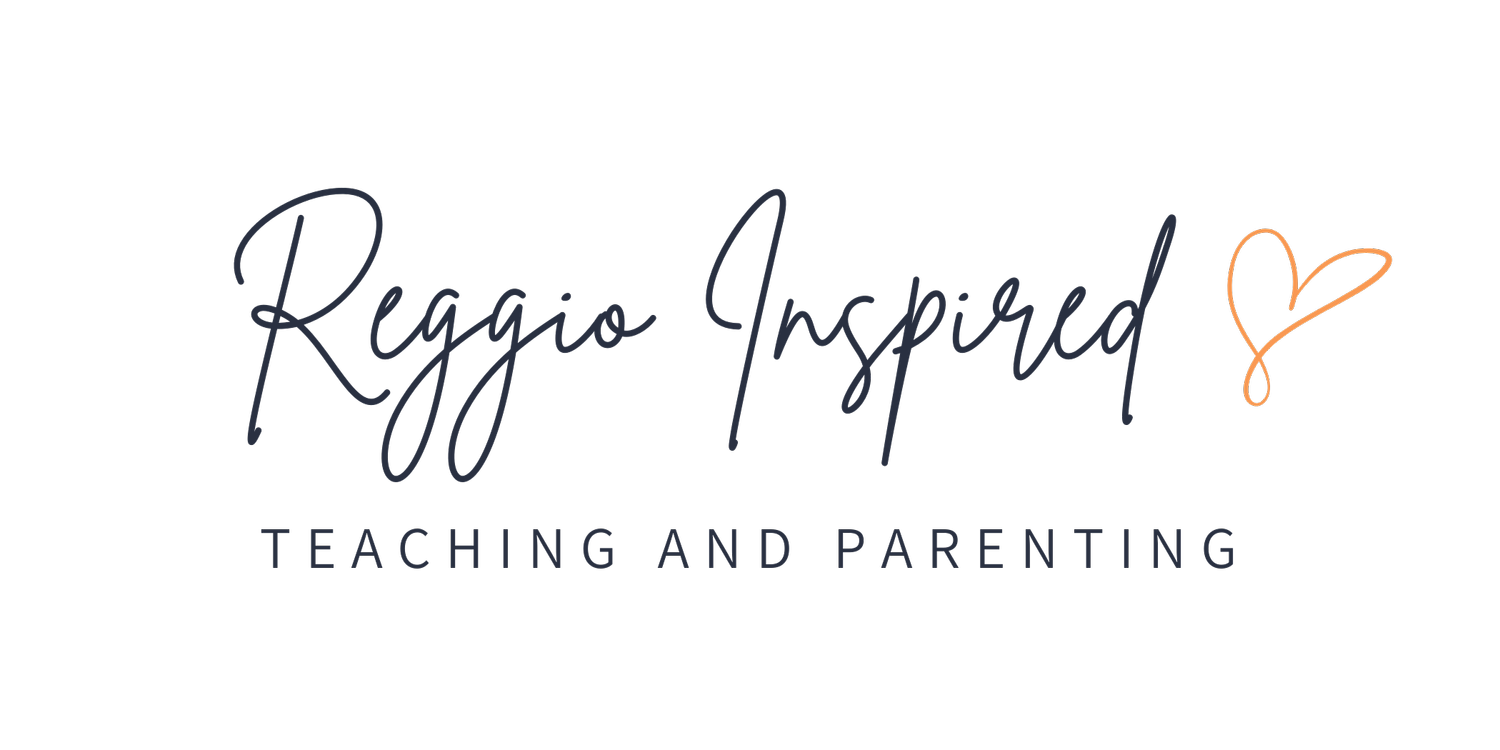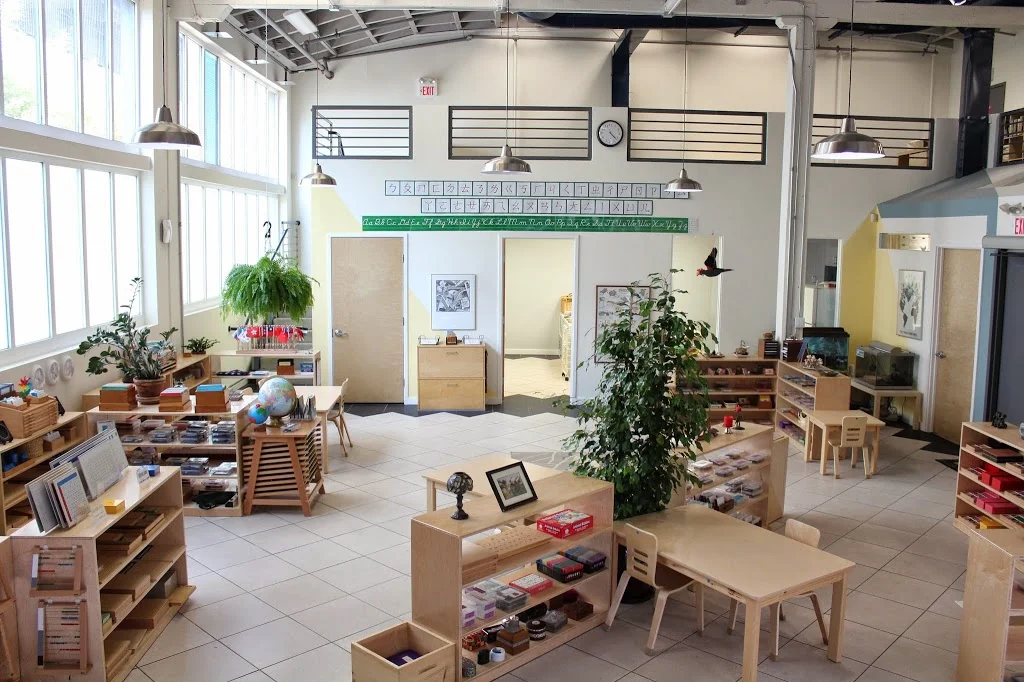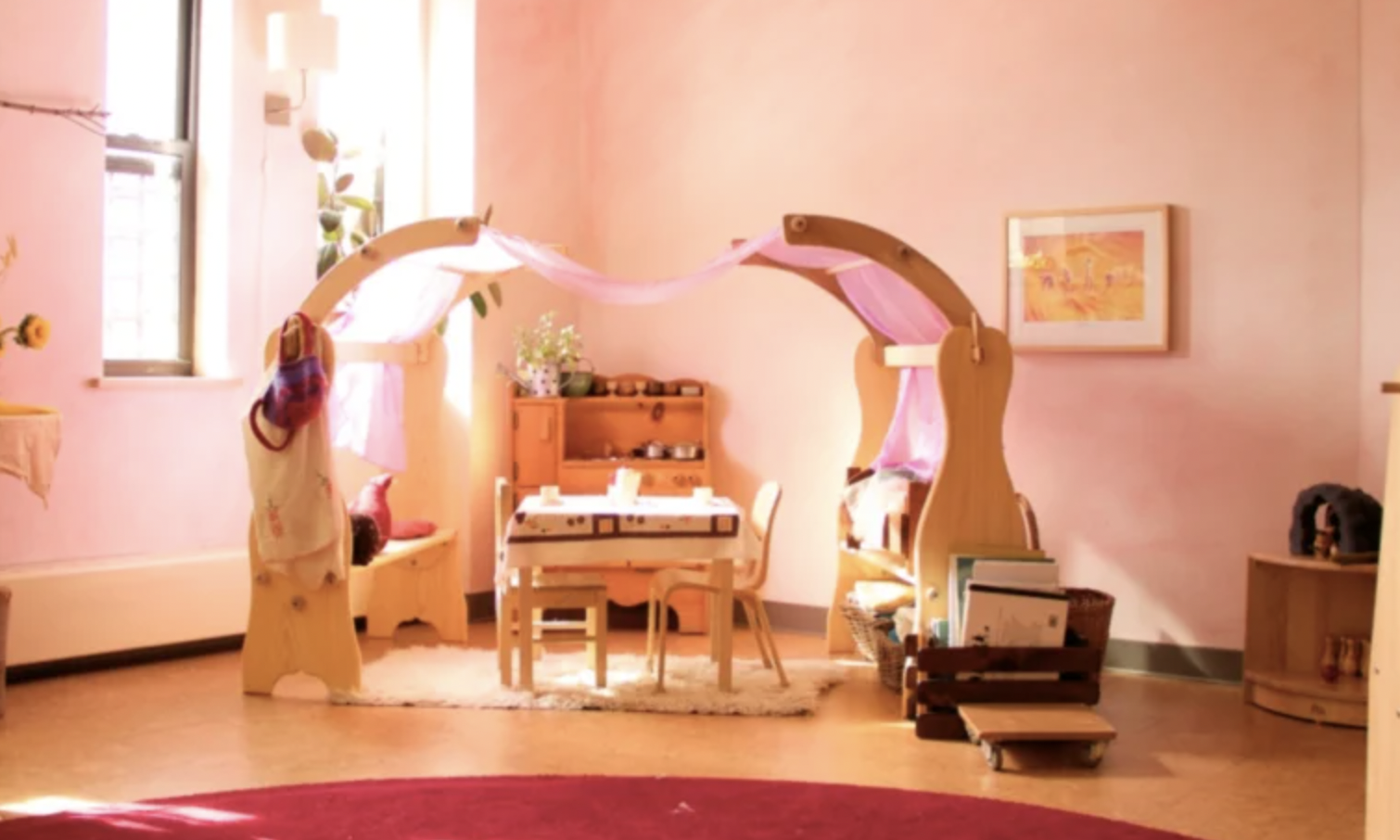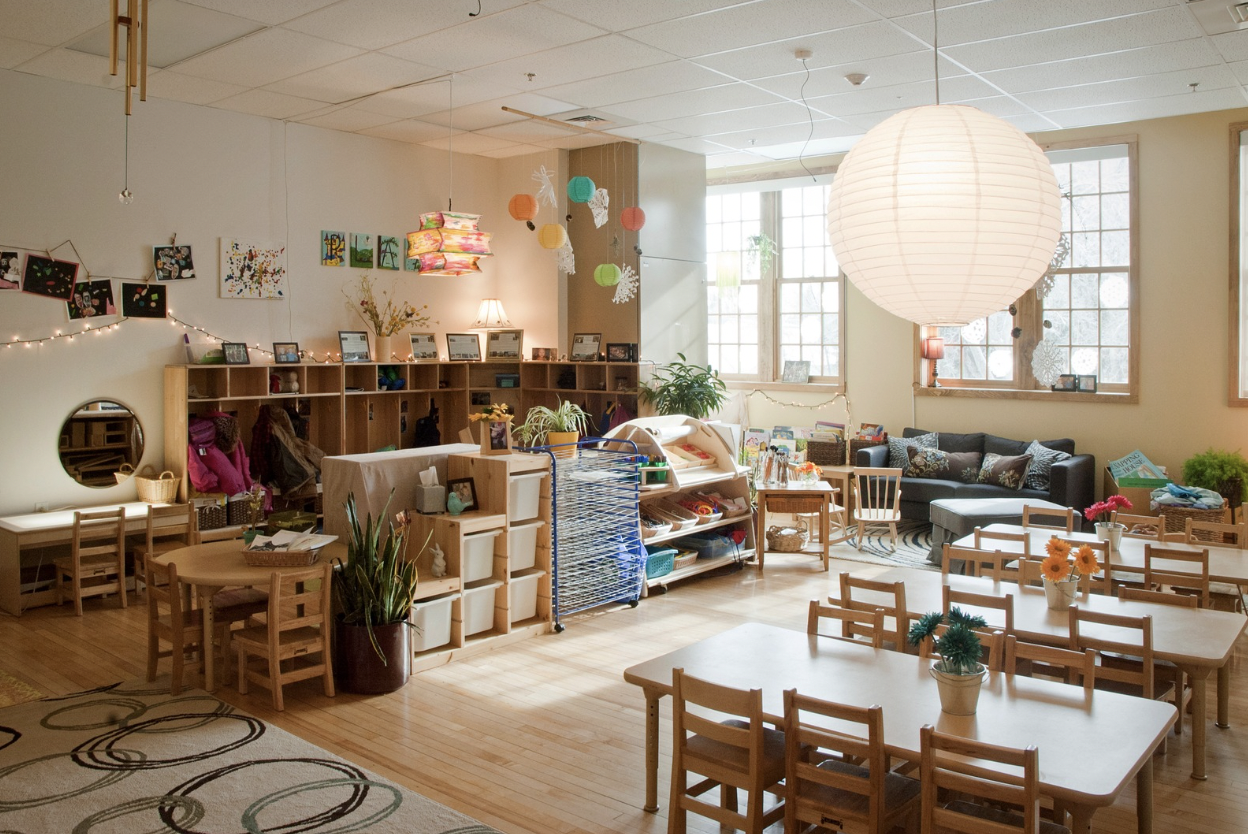Montessori, Reggio, or Waldorf: Which Approach Is Best for Your Child?
Choosing the right early childhood program can feel overwhelming. With so many approaches to education, parents often wonder: What’s the difference between Montessori, Reggio Emilia, and Waldorf schools?
Each philosophy offers something unique, and understanding their similarities and differences can help you make the best choice for your child. This guide will break down each approach in simple terms, highlighting the philosophy, environment, role of the teacher, and the type of learner who might thrive in each setting.
Montessori Education
Montessori Philosophy
The Montessori approach is built around the idea of “follow the child.” Teachers prepare carefully designed environments where children can work independently and learn at their own pace.
Key elements include:
Individualized learning plans tailored to each child’s needs and interests
Focus on independence, leadership, and self-directed learning
Strong emphasis on academic readiness through hands-on materials
Montessori Classroom Environment
Orderly and structured spaces
Special Montessori materials and manipulatives
Multi-age classrooms where children learn from peers
Who Montessori Is For
Families who want their children to develop independence, leadership, and strong academic foundations may find Montessori a great fit.
Reggio Emilia
Reggio Emilia Education
Reggio Emilia Philosophy
Reggio Emilia is a child-centered, project-based approach that values creativity, collaboration, and self-expression. Instead of a fixed curriculum, projects emerge from children’s interests and inquiries.
Key elements include:
Children as capable, curious, and full of potential
Learning through projects, provocations, and exploration
Strong emphasis on expressive arts: drawing, music, dance, sculpture, drama, and pretend play
Documentation (photos, videos, notes) to make learning visible
Reggio Classroom Environment
Natural light, order, and beauty are emphasized
Authentic materials and tools
The environment is seen as the “third teacher” that inspires curiosity
Who Reggio Emilia Is For
Parents who value creativity, collaboration, and problem-solving may choose Reggio-inspired schools. Children learn not only academics but also how to work as citizens — cooperating, resolving conflicts, and building community.
Waldorf Education
Waldorf Philosophy
Waldorf schools focus on play, imagination, and rhythm. Daily and seasonal routines provide consistency, while creative and artistic experiences are central to learning.
Key elements include:
Strong emphasis on storytelling, singing, acting, and hands-on crafts
Deep connection to nature and outdoor play
Limited exposure to technology and media in early childhood
Rhythm and repetition as tools for learning and security
Waldorf Classroom Environment
Warm, home-like spaces with natural materials (wool, silk, wood, clay)
Daily activities like baking, gardening, handwork, and seasonal crafts
Gentle, imaginative settings that nurture creativity and routine
Who Waldorf Is For
Families who value imagination, creativity, and a strong connection to nature may find Waldorf a perfect fit.
Montessori vs. Reggio vs. Waldorf: Similarities and Differences
While each approach has unique features, they also share common ground.
Similarities:
Child-centered philosophies that respect the child’s individuality
Emphasis on hands-on, experiential learning
Environments designed to be beautiful, natural, and intentional
Differences:
Montessori emphasizes independence, self-paced academics, and structured environments.
Reggio Emilia emphasizes creativity, collaboration, and emergent curriculum built from children’s interests.
Waldorf emphasizes imagination, rhythm, and creative expression in a media-free, nature-connected setting.
Final Thoughts
So, which is best for your child — Montessori, Reggio Emilia, or Waldorf? The answer depends on your child’s personality, your family’s values, and the type of learning environment you’re drawn to.
Choose Montessori if you want independence, structure, and academic readiness.
Choose Reggio Emilia if you value creativity, collaboration, and child-led projects.
Choose Waldorf if you love imagination, rhythm, and a strong connection to nature.
No matter which you choose, each approach offers children a rich and meaningful foundation for learning.
About the Authors
Megan Haynes and Priscilla Patti are highly experienced early childhood educators and the creators of the Reggio-Inspired Educator’s Course. Together, they bring years of experience and passion for the Reggio Emilia philosophy, believing deeply in its transformative power for children, families, and teachers.
Their work combines theory with practice, offering firsthand accounts of using Reggio principles in real classrooms. Through their course and resources, Megan and Priscilla aim to make Reggio-inspired teaching approachable, practical, and inspiring for educators everywhere.




